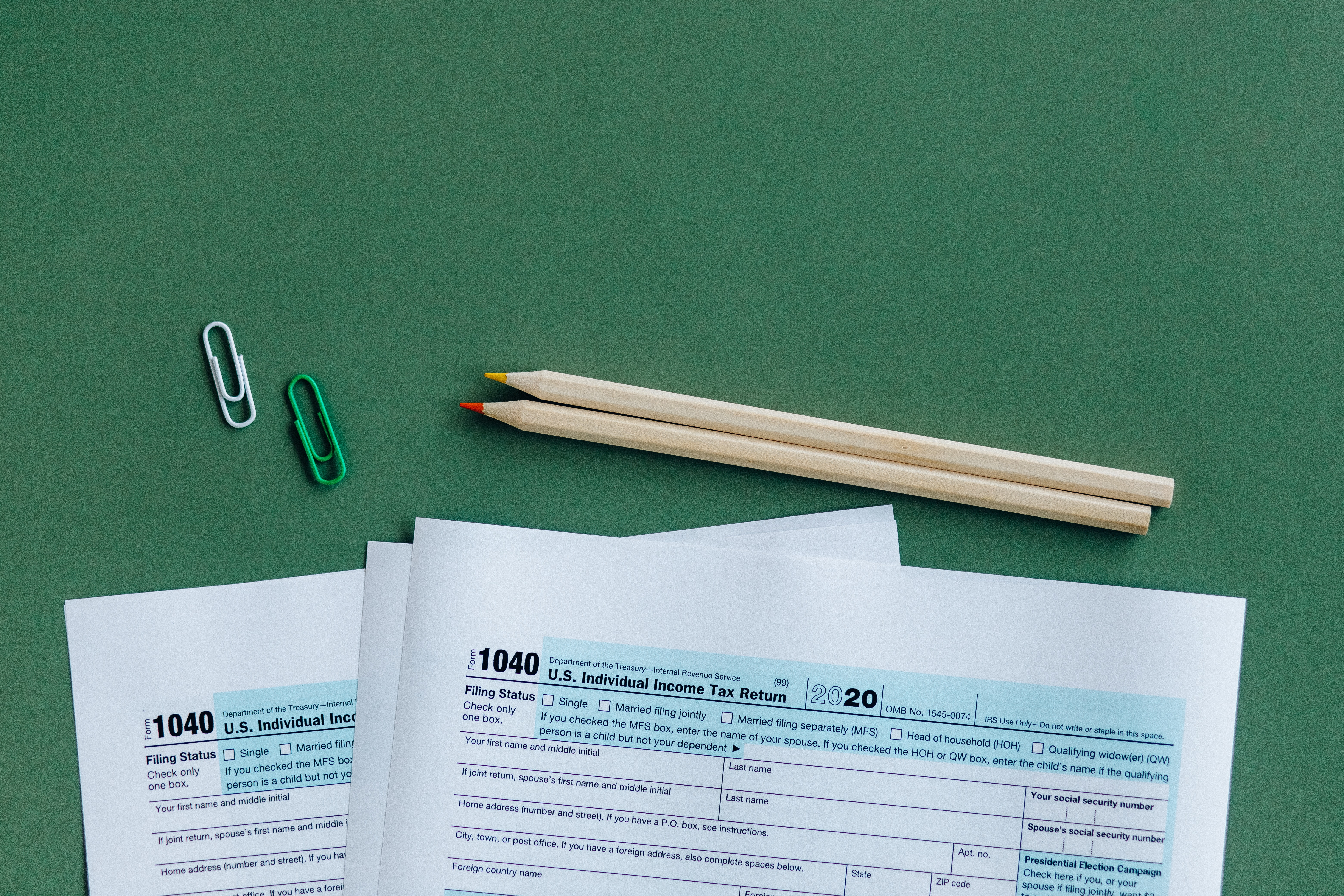Share this
by Matt Waters, CPA on December 15, 2017
After December 15, 2018, public companies must comply with one of the most significant changes to financial reporting in 40 years.
After a decade of discussion, the Financial Accounting Standards Board (FASB) issued one of the most significant changes to financial reporting in accounting history on February 25, 2016. For the first time ever, companies will be required to recognize practically all lease obligations as assets and liabilities on their balance sheets for all financial reporting after December 15, 2018. The compliance deadline for the new standard – known as ASC 842 – now looms just one year from today.
Many companies have expressed concern for meeting the upcoming deadline, as this new lease accounting standard was announced by the FASB soon after challenging new requirements for revenue recognition (ASC 606) were issued. As of Q3 2017, a PwC and CBRE survey estimated that up to 75% of organizations either haven’t started on lease accounting compliance or are still in the assessment phase of the project. Executives are still asking questions about new lease accounting planning, data consolidation, budgeting, disclosure requirements and selecting new technology for compliance.
ASC 842 originally required two years of comparative lease data, which essentially moved the deadline for getting lease data into compliance to December 15, 2016. The FASB recently announced a tentative decision to remove this “look back” period requirement so that only current lease data as of December 2018 would be necessary for compliance. While this decision may provide companies some relief in their compliance efforts, the four major challenges for meeting the new standard must still be addressed.
To be fully compliant, most companies still must (1) set new accounting policy, (2) collect lease data, (3) select a software solution for reporting, and (4) implement new processes to manage lease data going forward. Even without the comparative data requirement, data collection for current leases remains the biggest challenge for most organizations. Implementing new software with integrations to existing systems could also take four to six months or more. CoStar and other industry experts continue to stress the importance of not letting more time lapse before pushing ahead on lease accounting compliance projects.
Other challenges that companies should be wary of include absences of key personnel during holidays and vacations, year-end close efforts, SOX compliance freezes, and “code freezes” when IT departments restrict the implementation of new technology. These are in addition to other unexpected delays and challenges.
Don’t let proposed expedients from the FASB delay efforts to push forward on lease accounting compliance. With just four quarters to go, time is indeed running out.
Share this
- Lease Accounting Software (90)
- ASC 842 (83)
- Accounting Teams (53)
- Lease Administration Software (27)
- Retail Tenants (16)
- Commercial Real Estate (14)
- Lease Management (13)
- Real Estate Teams (10)
- ESG (8)
- Market Data and Analytics (8)
- Success Stories (8)
- News and Media Coverage (5)
- Transaction Management Software (2)
- frs 102 (2)
- Customer Success (1)
- Office Tenants (1)
- December 2025 (1)
- September 2025 (1)
- July 2025 (2)
- June 2025 (4)
- May 2025 (2)
- April 2025 (2)
- March 2025 (6)
- February 2025 (3)
- January 2025 (4)
- December 2024 (1)
- October 2024 (4)
- September 2024 (2)
- August 2024 (4)
- July 2024 (3)
- June 2024 (3)
- May 2024 (4)
- April 2024 (1)
- February 2024 (1)
- December 2023 (4)
- November 2023 (6)
- October 2023 (4)
- September 2023 (2)
- August 2023 (2)
- July 2023 (3)
- May 2023 (2)
- March 2023 (1)
- February 2023 (3)
- January 2023 (1)
- December 2022 (3)
- November 2022 (4)
- October 2022 (4)
- September 2022 (1)
- August 2022 (4)
- June 2022 (1)
- May 2022 (4)
- April 2022 (8)
- March 2022 (3)
- February 2022 (1)
- January 2022 (2)
- November 2021 (2)
- October 2021 (2)
- September 2021 (3)
- August 2021 (15)
- July 2021 (3)
- June 2021 (1)
- May 2021 (1)
- April 2021 (3)
- March 2021 (1)
- January 2021 (1)
- December 2020 (3)
- November 2020 (1)
- October 2020 (2)
- September 2020 (2)
- August 2020 (3)
- July 2020 (2)
- June 2020 (3)
- May 2020 (1)
- April 2020 (1)
- March 2020 (1)
- February 2020 (1)
- December 2019 (1)
- October 2019 (1)
- September 2019 (2)
- August 2019 (3)
- July 2019 (2)
- April 2019 (69)
- October 2018 (1)
- August 2018 (1)
- July 2018 (1)
- June 2018 (1)
- May 2018 (1)
- April 2018 (2)
- March 2018 (3)
- February 2018 (2)
- December 2017 (1)
- August 2017 (3)
- June 2017 (2)
- May 2017 (2)
- April 2017 (1)
- March 2017 (2)
- January 2017 (2)
- November 2016 (2)
- July 2016 (1)
- June 2016 (1)
- July 2015 (1)
- March 2015 (1)
- June 2014 (1)
- April 2014 (11)
- October 2011 (1)
You May Also Like
These Related Stories

ASC 842 Compliance: Keys to Success, Lessons Learned

Don’t Let Lease Accounting Software Catch You Off Balance



